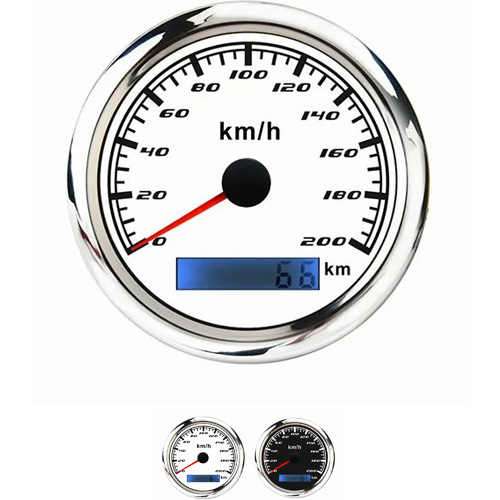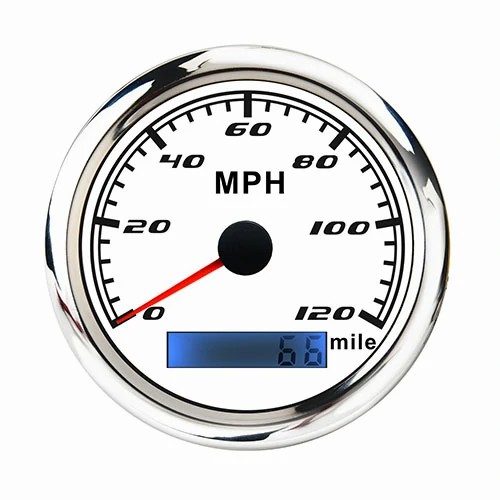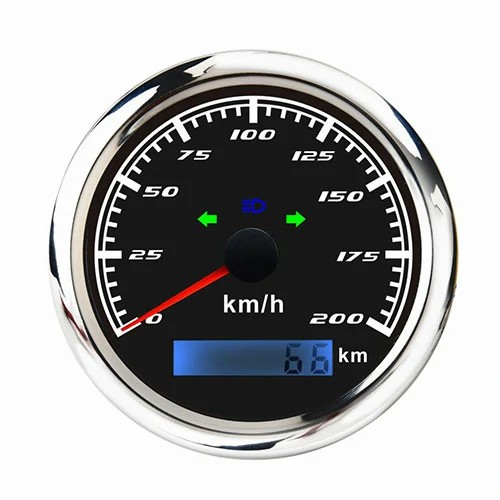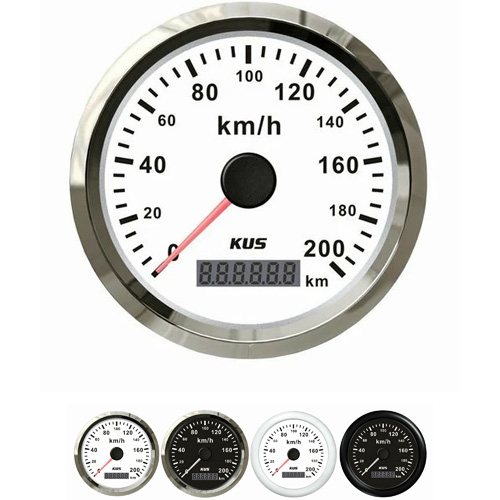change tire size speedometer
Principles of tire specification interchange:
1. The outer diameter must be equal so as not to affect the accuracy of the speedometer.
2. For the problem of section width, when changing to wider tires, the driver must pay attention to whether the steering wheel can be smoothly rotated. Chang, there are concerns about whether it will collide with the car body.
3. Whether the rim width is appropriate:
The basic principles of the exchange are as follows:
From the 65 series to the 60 series, what specification should the 195/65R15 be replaced with?
195x0.65=126.75 (section height H)
126.75÷0.6=211.25=215 (section width W)
The stroke of the wheel jumping up and down becomes smaller, the suspension system (shock absorber) needs to be strengthened, the actual speed of the vehicle is slightly higher than the speed displayed by the vehicle speed, etc. The speed displayed by the speedometer is calculated by the wheel axle speed and the original wheel diameter. If the tire size is increased, the speedometer shows 80KM, and the actual speed should be 80 times the actual diameter/original tire diameter.
Precautions:
When changing tires, it is necessary to choose the appropriate tire specifications. Of course, it is best to match the specifications of the original car, including the speed level and load index, brand, and pattern of the tires. If you need to change the tire specifications, you must go to a professional modification shop for tire upgrades or consult the vehicle manufacturer. After installing new tires, do not perform sudden braking operations. The tires need a running-in period. Such a wrong approach will greatly reduce the service life of normal tires. When changing tires, do not change the tire size at will. If the tire change is unreasonable, such as not readjusting the suspension settings, even if the steering wheel can steer, the wheels will not touch the fenders, and the tires may touch the ground Not as reliable as stock size tires. This backfired.
If friction and other factors are not considered, the theory that the bigger the tire, the faster the speed can stand. Because the diameter of the tire becomes larger, the angular velocity does not change, but the linear velocity will increase, and the vehicle speed can be increased when the vehicle is in the same gear. However, the torque of the engine needs to be increased, and the engine needs to consume more fuel. Although the speed has increased, the fuel consumption has also increased accordingly. What car owners need to pay attention to is that if the tires of the vehicle are enlarged, the wheel hub also needs to be changed, and other parts of the vehicle need to be modified in order to be used normally. In particular, the tachometer of the vehicle needs to be adjusted in time, otherwise the actual mileage of the vehicle will be inconsistent with the mileage displayed on the meter. If there are no special circumstances, it is not recommended that the owner replace the tires that do not match the original size of the vehicle.
 English
English 






Get a Quote / Info